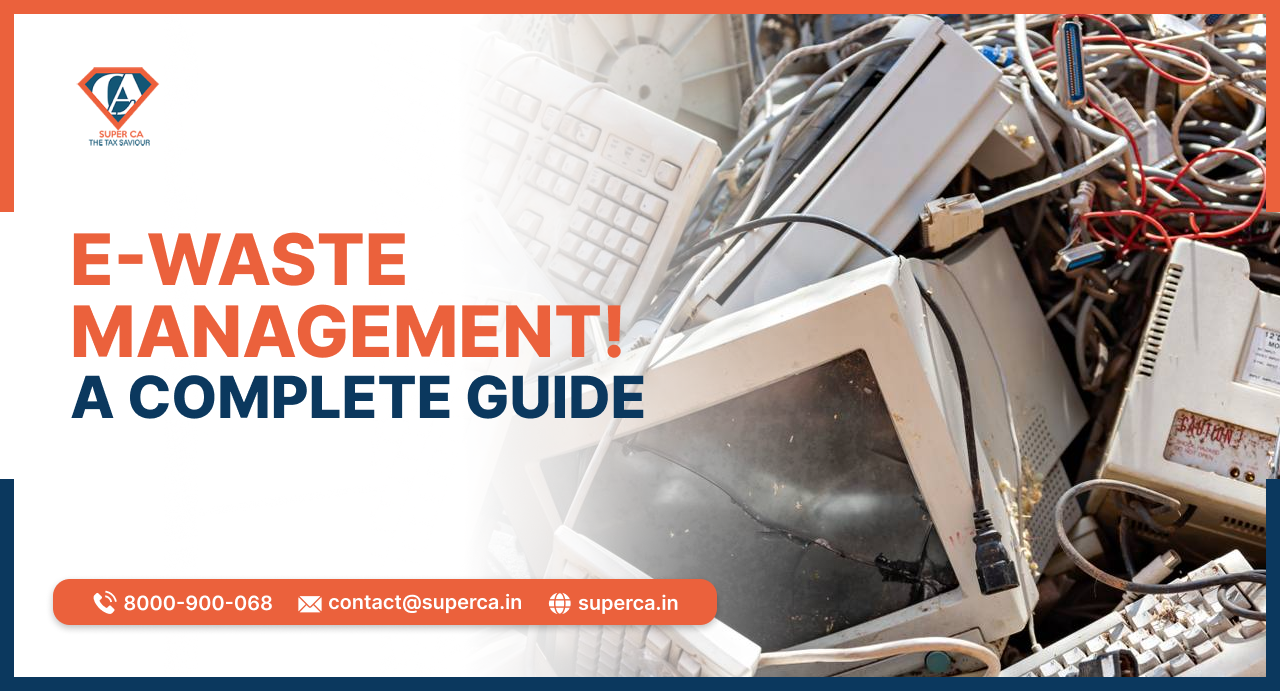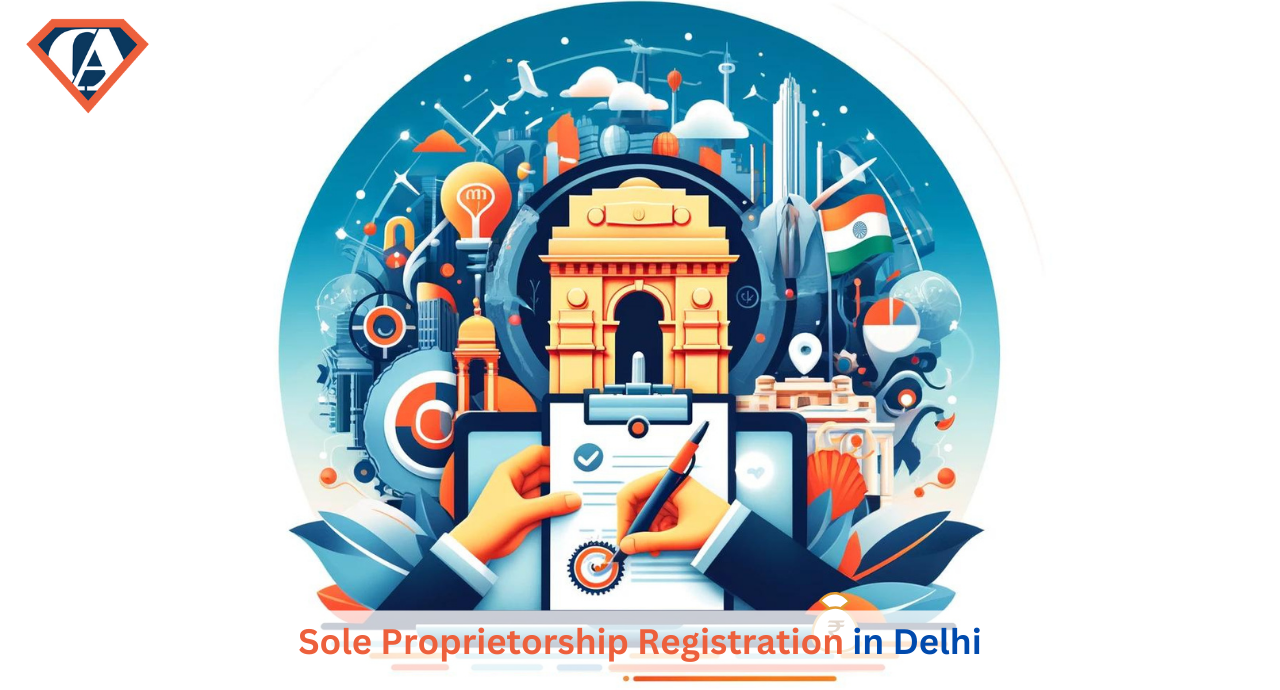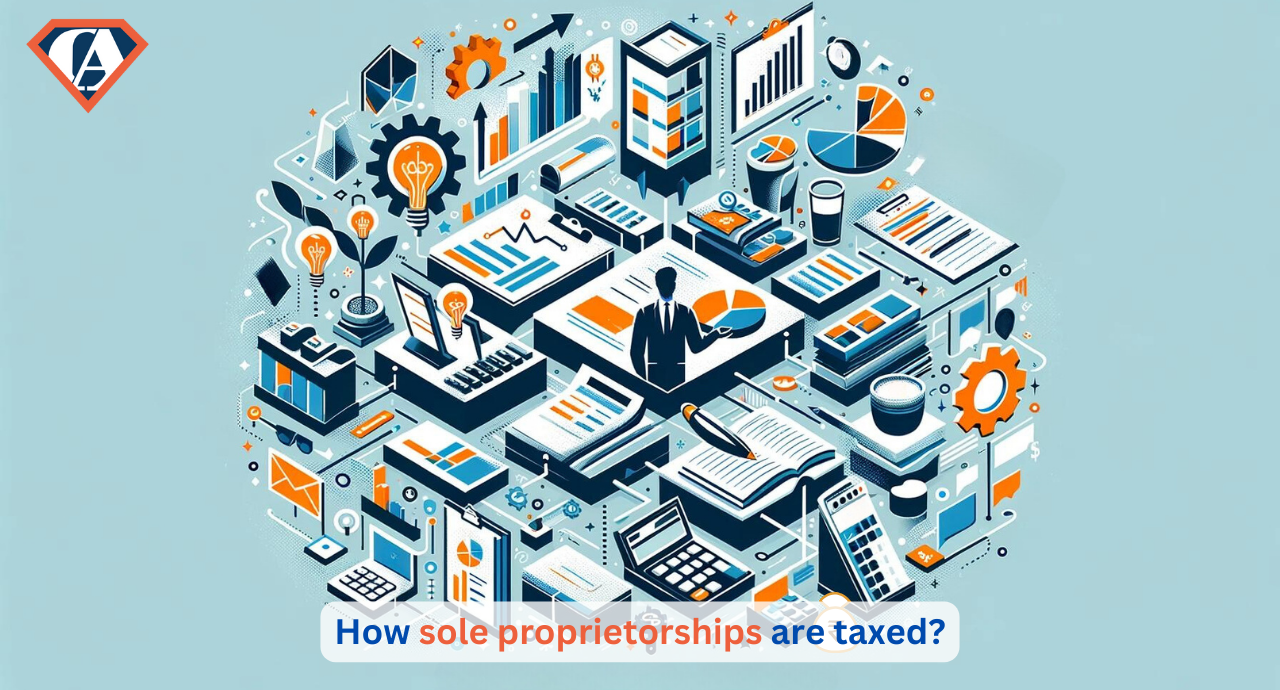E-Waste Management! A Complete Guide
- Posted By SuperCA
- On 20 July

E-waste management rules were introduced by the government of India which are applicable to businesses that are responsible for generating electronic waste items. Under these rules it has been specified that such businesses have to make arrangements for the safe disposal of the used electronic items. The E-waste management rules are monitored by the Ministry of Environment, Forest and Climate Change.
The companies have been told to separate the waste at source since it takes longer and different methods to decompose the electronic items. Regarding this issue, the Extended Producer Responsibility Plan was introduced by the government of India as a part of the E-waste management rules. According to this plan, the companies have to take the responsibility to recycle a certain minimum percentage of the electronic items that it manufactures.
As per the E-waste management rule, the ceiling limit for the use of toxic chemicals for the manufacture of electronic items has also been set. Under the E-waste management rules, the company also needs to be authorised by the Pollution Control Board in order to handle the e-waste.
Applicability
- The E-waste management rules are applicable to wholesalers, manufacturers and retailers in the items listed below:
- Instruments for centralised data processing, minicomputers, minicomputers, Input and output devices that are used along with CPUs, Laptop, Notepad and Notebook computers.
- Printers, Copying equipments and printer cartridges
- Typewriter either electrical or electronic, teleprompters, terminals, telex machines and facsimiles
- Cordless telephones, cellular telephones and answering systems
- Television sets
- Refrigerators, washing machines and ACs
- Fluorescent lamps, lamps containing mercury and various consumer electrical and electronic products.
- These E-waste management rules are applicable to stockists and e-retailers as well.
- The E-waste management rules are not applicable in the cases listed below:
- In case the assessee is an MSME
- In case the e-waste produced by an assessee contains radioactive material.
Rules
The rules that a business manufacturing electrical and electronic products needs to follow are listed below:
- The company must ensure the limits of the following chemicals as listed below:
- The chemicals like mercury, lead, hexavalent chromium, polybrominated biphenyls and polybrominated diphenyl ethers can only be added up to a percentage of 0.1% of the total weight of the item.
- Cadmium can only be added up to a maximum percentage of 0.01% of the item’s total weight.
- The company should also ensure the collection of electrical and electronic products that have reached their expiry. Such products must be acquired from the consumers and must be sent to the warehouse in order to dismantle or recycle them. The company must make sure that no such item causes damage to the environment.
- A symbol indicating that it should not be discarded with the regular waste should be affixed either on the item or in the user manual.
- The company must make sure that the items containing mercury have been adequately immobilised before sending them to the warehouse for recycling or dismantling. Immobilisation of mercury containing items turns the hazardous mercury into its safe form, minimising the damage to the environment.
- The maximum time for e-waste storage is 180 days. The SPCB possesses the power to extend this maximum period up to 365 days.
- The targets for collection of e-waste as per the e-waste management rules are listed below:
- For 2019-20, at least 30% of the generated e-waste must be forwarded to the warehouse for recycling or dismantling.
- For 2020-21, at least 40% of the generated e-waste must be forwarded to the warehouse for recycling or dismantling.
- For 2021-22, at least 50% of the generated e-waste must be forwarded to the warehouse for recycling or dismantling.
- For 2022-23, at least 60% of the generated e-waste must be forwarded to the warehouse for recycling or dismantling.
- For 2023-24, at least 70% of the generated e-waste must be forwarded to the warehouse for recycling or dismantling.
Requirements for filing
- The company has to get authorisation from the SPCB by Form 1. A total of three copies of the form are sent to the SPCB within a time period of 20 days from the start of the manufacturing. The documents that need to be attached to the form are listed below:
- A registration certificate from the DIC.
- A certificate of installed capacity of the machinery and plant as per the DIC.
- An undertaking that affirms the following:
- The technologies used by the applicant are environment friendly.
- The applicant has enough technical competence to take care of the generated e-waste.
- The applicant has the capability to afford the equipment and facility needed to send the generated e-waste to the warehouse for recycling or dismantling.
- The applicant is ready to comply with the guidelines of the Central Pollution Control Board regarding the generation of e-waste.
- The authorisation will be granted by the SPCB once it has conducted a field inspection. This authorisation will remain valid till the time and place as specified by the SPCB. The grant or refusal of the authorisation must be done within 10 days. Once the authorisation has been obtained, it will remain valid for five years.
- No fees are to be paid along with the application but a fee for field inspection will have to be paid. This fee varies from one place to another.
- The company must maintain a register in Form 2 i.e. the ‘Register of e-waste handled or generated.’ It is an internal record which is maintained by the company. It does not have to be filed with the SPCB.
- An annual return must be filed by the company in Form 3 before June 30. It must also contain the details of the amount of waste that has been recycled by the company in the respective year.
Conclusion
In this blog, we learnt about the E-waste management rules in India and their applicability. We also came across the rules and the requirements for filing or managing the e-waste.





